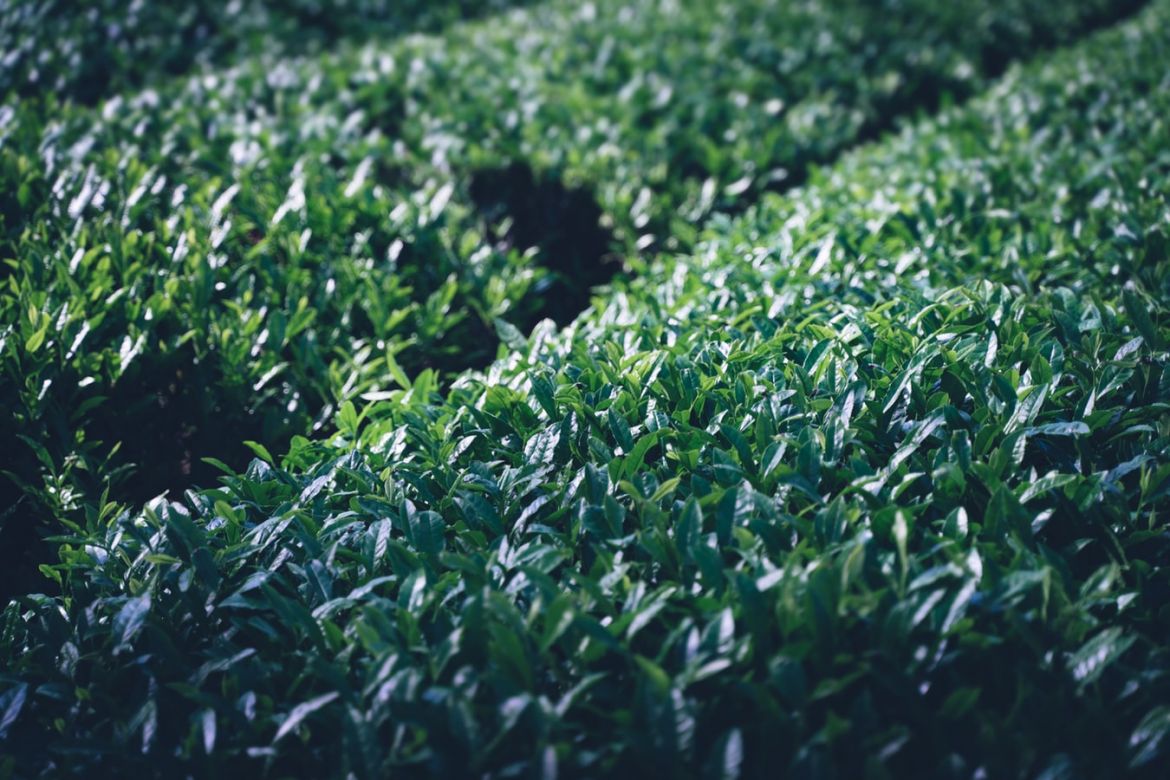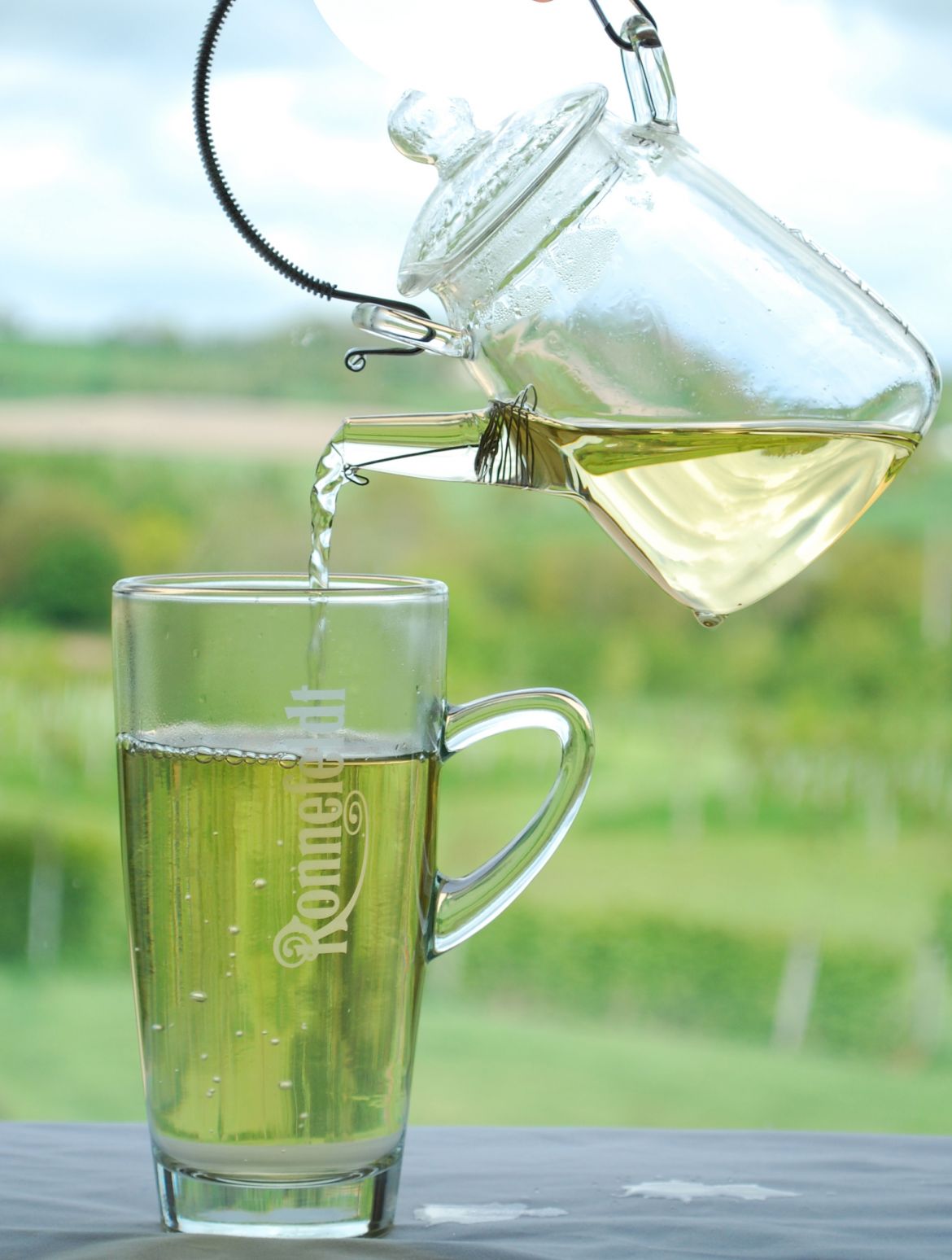The Unique Qualities of Japanese Green Tea
Japanese loose-leaf green tea is characterised by a fresh, tart flavour and a bright, grassy-green colour.
Tea plays an important part in Japanese culture, as seen in the famous tea ceremony. This is an important part of Japan's social fabric, providing a welcome chance for silent contemplation and spiritual refreshment.
There are many different types of Japanese tea that are well known and loved around the world. One of these being Sencha Green Tea, with its delicately sweet flavour, it is among the most popular green teas in Japan. Bancha green tea is also a well-liked green tea, drunk on a daily basis by many in Japan. As well as Matcha green tea which offers a concentrated source of nutrients and antioxidants, also known for its rich flavor and vibrant color.
Harvesting and Production

There are many types of Green tea and the process varies depending on whichever Green tea you choose.
One thing to consider is that Green teas are known as unfermented teas. So, the fermentation process that takes place in most tea production is not present with green tea.
The most customary practice includes:
- Withering: Once the tea leaves have been harvested, they are laid out and exposed to heat – whether this might be natural sunlight or a temperature-controlled room. This dries the leaves reducing any leftover moisture.
- Steaming: In Japan, the tea leaves are steamed to stop oxidization and the fermentation process. This step in the production can be detrimental to the look, taste and aroma of the tea if not done properly.
- Rolling: Once the heating process is complete the tea leaves are rolled into different shapes. Typically, the tea leaves will be rolled, twisted and then rolled again to give the tea leaves their characteristic needle shape.
- Drying: The final process in production, after being rolled into various shapes the tea leaves are dried.
History of Japanese Green Tea
The relationship between Japan and tea is long, dating back to the 9th century when Buddhist monks brought the first tea seeds to the country!
The Zen Buddhist priest, Eisai, believed that all people should drink tea for its health benefits.
Uji is the most established tea producing region in Japan. Even today the most expensive and premium teas are still grown in the Uji region.
Interestingly, all commercial tea produced in Japan today is green tea! However, for a short time in the 19th & 20th centuries, black tea was also produced there.
How to Brew Japanese Green Tea
Whether you want to use the loose leaves or try a tea bag infusion, the standard process is the same.

Brewing Japanese Green Tea:
- Boil some freshly poured cold water
- Place the tea leaves in a tea strainer
- Pour the hot water over the leaves
- Steep the tea for the appropriate amount of time
- Strain the tea
- Sit back and enjoy!
Brewing Table
 Ranging from half a level teaspoon to 1 heaped teaspoon
Ranging from half a level teaspoon to 1 heaped teaspoon
 2-3 minutes
2-3 minutes
 A range of colours including: Light Green, Pale Green, Green, Emerald Green, Dark Yellow, Pale Yellow, Yellow & Chartreuse.
A range of colours including: Light Green, Pale Green, Green, Emerald Green, Dark Yellow, Pale Yellow, Yellow & Chartreuse.
NOTE: Please make sure to read the individual brewing instructions on each pack of tea.
Japanese green teas are some of the best in the world; delicate with mellow flavours that can be enjoyed any time of the day!
Our Japanese Green Tea favourites are:

Fancy Sencha Organic Bancha Organic Gabalong
- Ronnefeldt Fancy Sencha Organic: An exquisite, delicately leafed Sencha: light green in the cup, with a continual but gentle breath of bitter sweetness.
- Ronnefeldt Bancha Organic: A freshly tart, tangy, mildly grassy Japanese style tea made from larger leaves containing very little caffeine.
- Ronnefeldt Gabalong: A typical grassy Japanese green tea speciality, drunk mainly for its health-giving properties











